I still claim my Renault Scenic was the best long-term test car I was ever given custody of.
It was 1997, when its features – including sliding and removable seats, a deep, aircraft-style windscreen, a two-position parcel shelf and sundry storage bins – were all novel.
Soon, Scenics were popping up all over my neighbourhood, many bought by young families keen to inject some Gallic flair into their humdrum motoring lives.
Forward to 2016, when the model’s fourth-generation successor was launched and those early adopters had drifted away, tempted by crossovers and SUVs. Recognising this, Renault served up a Scenic intended to appeal to the eye as much as the brain – a handsome thing with a high waistline, deeply scalloped sides with sill finishers, a curving roof, distinctive light signatures and huge, arch-filling 20in wheels.
Inside, sliding rear seats that could be folded remotely, a sliding centre console with USB ports and 13 litres of storage capacity and numerous other storage solutions kept the faith. The large touchscreen crowning the dashboard delighted and challenged driver and passenger in equal measure.
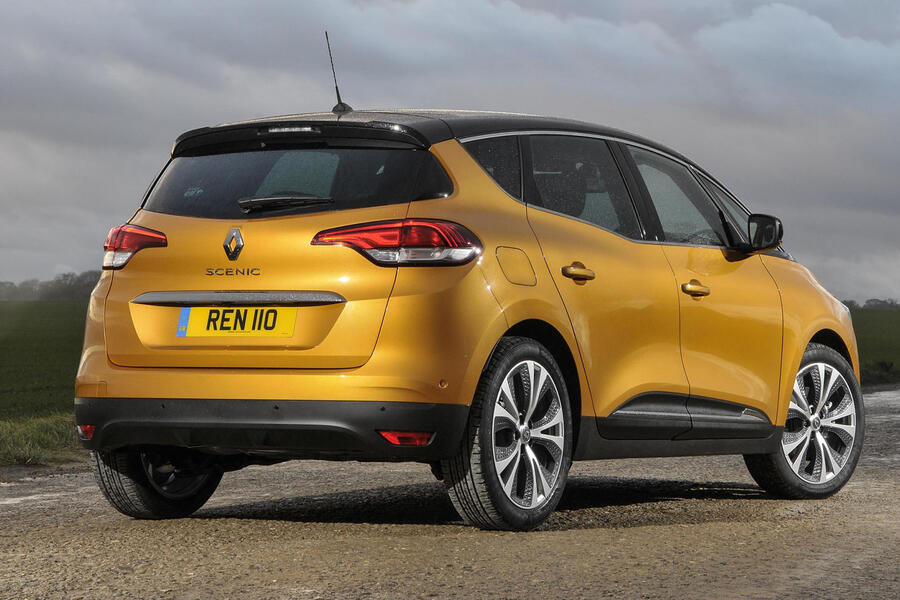
Hot on the heels of the Scenic came the Grand Scenic, a stretched seven-seat version that looked even better. However, like its shorter sibling, the floor is quite high, meaning rear-seat passengers sit with knees raised.
Trim levels across both span Expression+ (dual-zone climate control, a digital radio) to Signature Nav (panoramic roof, leather and LED headlights). Scenic or Grand Scenic, we would pick middle-of-the-road Dynamique Nav.
A choice of 1.2-litre petrol and 1.5 or 1.6-litre diesel engines plus a 1.5-litre diesel hybrid badged 'Hybrid Assist' sent both Scenics down the road. In 2017, the 1.2 petrol was replaced by a more potent and responsive 1.3.
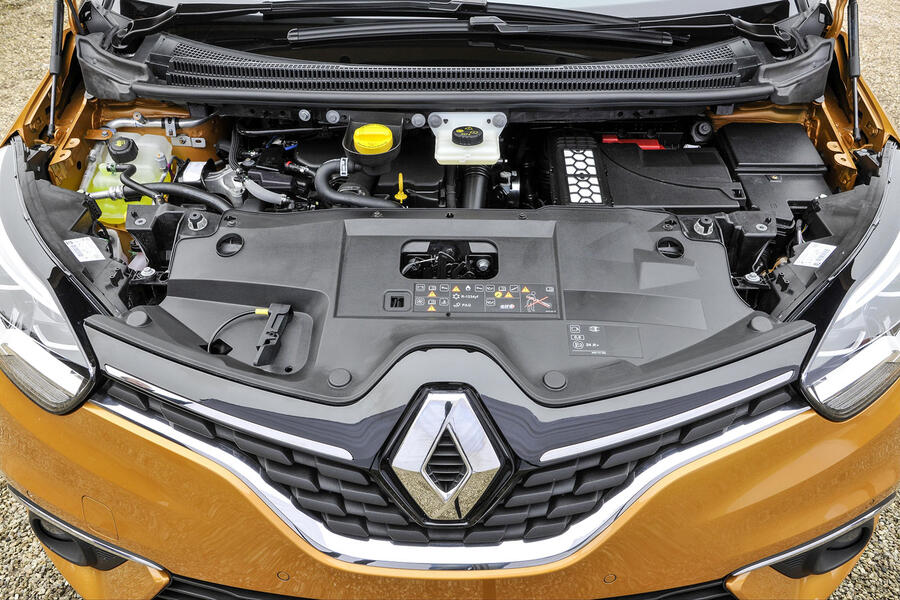
For the Scenic, we would take this engine in either its most powerful, 138bhp form or that 108bhp 1.5-litre hybrid diesel, although it’s rare. For the Grand Scenic, we would plump for the 158bhp 1.6-litre diesel engine.
Autocar praised both models’ svelte, anti-MPV exteriors, practical interiors and nimble handling but marked them down for their below-par refinement, unsophisticated ride and poorly integrated infotainment.
No matter: by 2020 it was all over, Renault pulling the plug first on the Scenic and then the Grand as its priorities shifted.
A Scenic, Grand or otherwise, doesn’t sound like much of a cult hero but strange things are happening in the used car market. Recent strong performers have been – guess what – MPVs like them.
Clearly, qualities such as good visibility, a spacious and family-friendly interior and, in the Scenic’s case, good looks are still in demand. There are stacks of SUVs all jostling for attention but one leading sales site lists just 45 Scenics, ranging in price from £8500 to £16,500, and 64 Grand Scenics from £9000 to £23,000.
![]()
Trade guide Cap HPI says that Scenic values are lower than for other MPVs in part because of the model’s advancing years and because its interior is not quite as versatile as some.
That said, a Scenic or Grand Scenic in a strong colour with contrasting roof and in rare Signature trim looks a real eyeful. Grab one for a keen price and you will be among a select minority of drivers who, underwhelmed by SUVs, have seen the MPV light. You will be wearing a suit and knocking on doors next.
What we said then
14 December 2016: “This new Scenic isn’t an attempt to revive a stable sector but rather an effort to grab a bigger market share. Renault’s aim for this striking fourth-generation MPV is simple: draw traditional MPV owners away from their faux off-roaders.”
An owner's view
David Clarke: “I’d have liked the Grand Scenic but couldn’t justify the extra room, let alone expense, so went for the regular five-seater. It’s an early, 2016-reg 1.5 dCi Dynamique S in orange with a black roof, which, I think, looks terrific. The kids love their tables in the back. It’s coming up to 68,000 miles, 40,000 miles of which I’ve done. Touch wood, it’s never put a foot wrong, although the sunblind in the panoramic roof rattles over bad roads. I was worried about the cost of the tyres but they’re no dearer than smaller ones. We’ve had 70mpg on a long run. I’ll take that!”
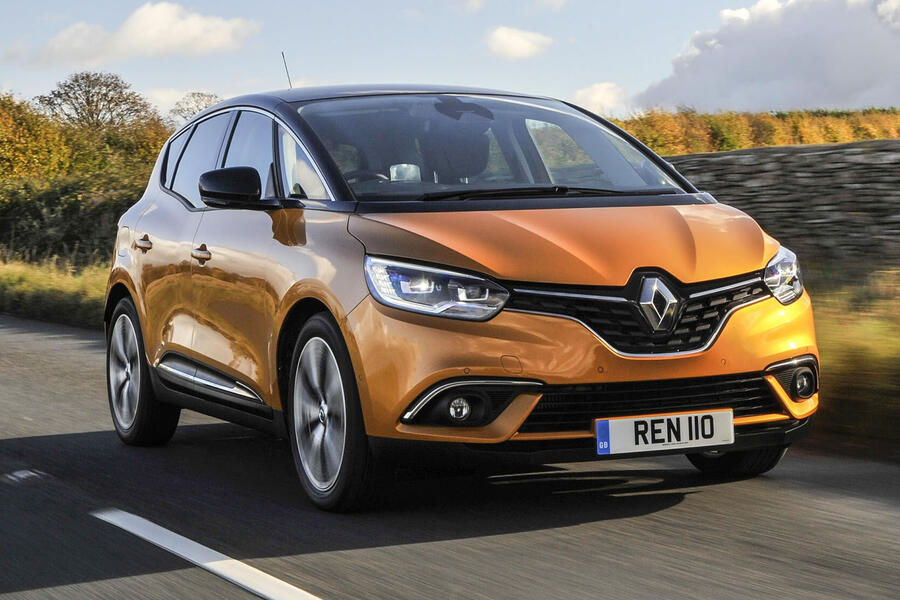
Buyer beware
Engine: Last year in France, a legal action was launched claiming that the 1.2 TCe petrol engine used in a number of Renault models suffers excessive oil consumption (around 0.5 litres per 1000km/620 miles).
Other issues covered by the action include timing chain stretch and exhaust valve failure. Renault has told Autocar the vehicles concerned were made before mid-2016 and only a few were affected. The date rules out this generation of Scenic, but if it’s a 1.2, check the oil level anyway. The 1.5-litre diesel Hybrid Assist’s official combined economy of 80.7mpg is closer to 60mpg in the real world.
Chassis, wheels and suspension: Renault’s aim in fitting the large, 20in wheels was to increase the Scenic’s comfort and fuel economy, but the price is a greater exposure to kerbing. A good dealer should have any marks ‘Smart’ repaired. Fortunately, replacement tyres appear to be no more expensive than 16in or 17in items, so around £130 a corner.
Body: The inclusion of active emergency braking (AEB) should have saved a few Scenic front ends from prangs; not stone chips, though, which the rounded bonnet attracts. Front and rear parking sensors are standard on most versions so, with luck, your search for bumper marks will be in vain. The car’s flanks may not have got away so lightly. Being hinged rather than sliding, the rear doors in particular may have taken a beating because of careless opening.
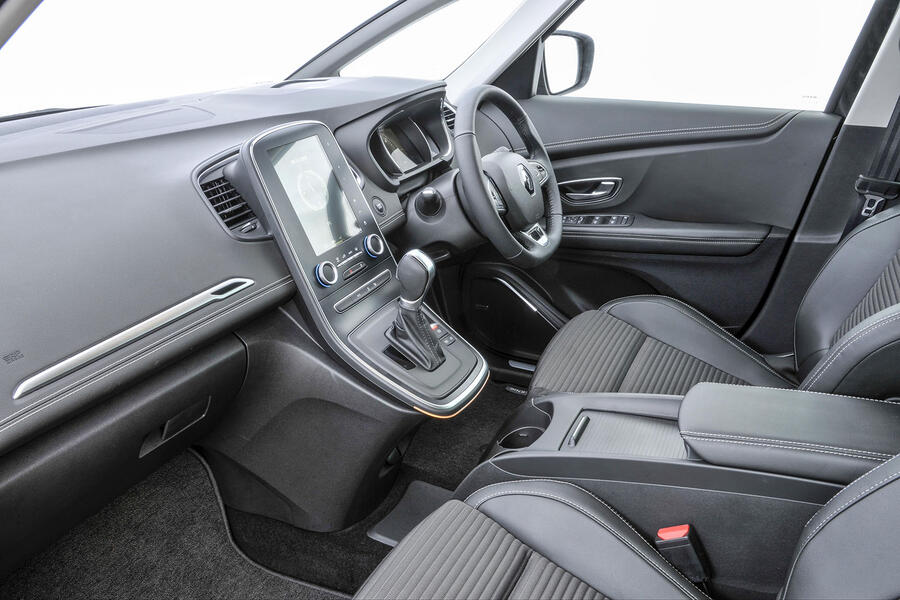
Interior: If the car has been previously owned by a family, the cabin is likely to have led a hard life. Inspect the sliding centre console for damage. Ensure the picnic tables operate and the seatbacks aren’t too grubby. Check the push-button seat folding works. Plug devices into the USB ports to make sure they are functioning.
Also worth knowing
If Autocar’s experience of the Scenic’s R-Link infotainment system is anything to go by, we recommend that you spend some time playing around with it on your test drive to see how you get on. Our tester thought that the screen, being vertically mounted, made following the sat-nav difficult at times.
He also found the system to be riddled with functional bugbears. He noted, for example, that the physical home button next to the screen simply divides the display into three. To get to what looks like the home screen, you have to press an on-screen menu button. He thought these and other issues made using the sat-nav and other features less than satisfying.
How much to spend
£8500-£11,999: Choice of 2016/17-reg Scenics with reasonable mileages and some same-age, high-mileage Grands.
£12,000-£14,999: Loads of Scenics at all years, in all trims and with lowish mileages. A few more 2016/17-reg Grands, still with highish mileages.
£15,000-£18,999: The very best Scenics, with prices peaking at £16,500. A good choice of 2018/19-reg Grands with low mileages.
£19,000-£23,000: Late and low Grands with Signature trim commanding top prices.
One we found
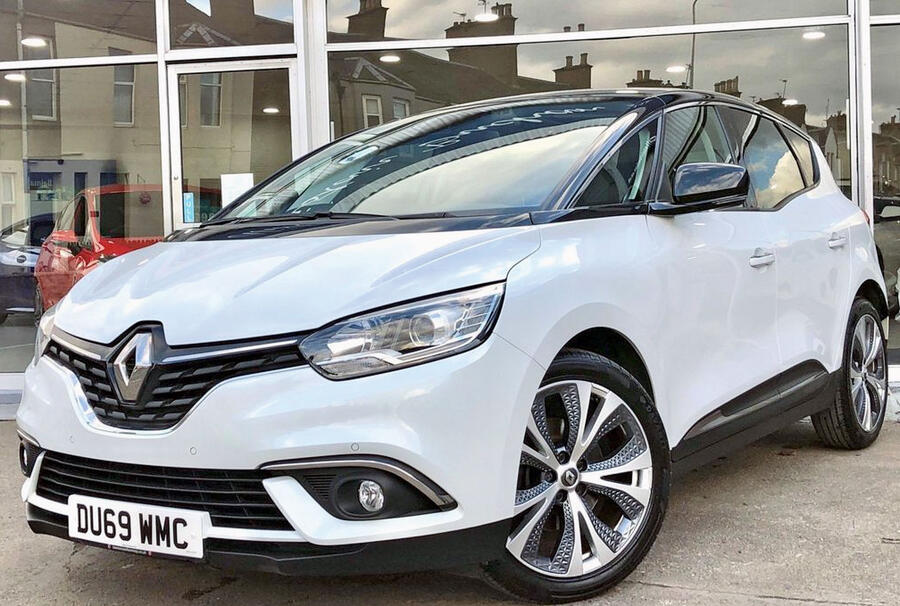
Renault scenic 1.3 tce signature, 2019,30,000 miles, £15,250: Push the boat out with this top-spec Scenic. Being a Signature model, it has the flashiest alloys, the fixed panoramic roof with powered sunblind, an Arkamys surround sound system and synthetic leather trim.

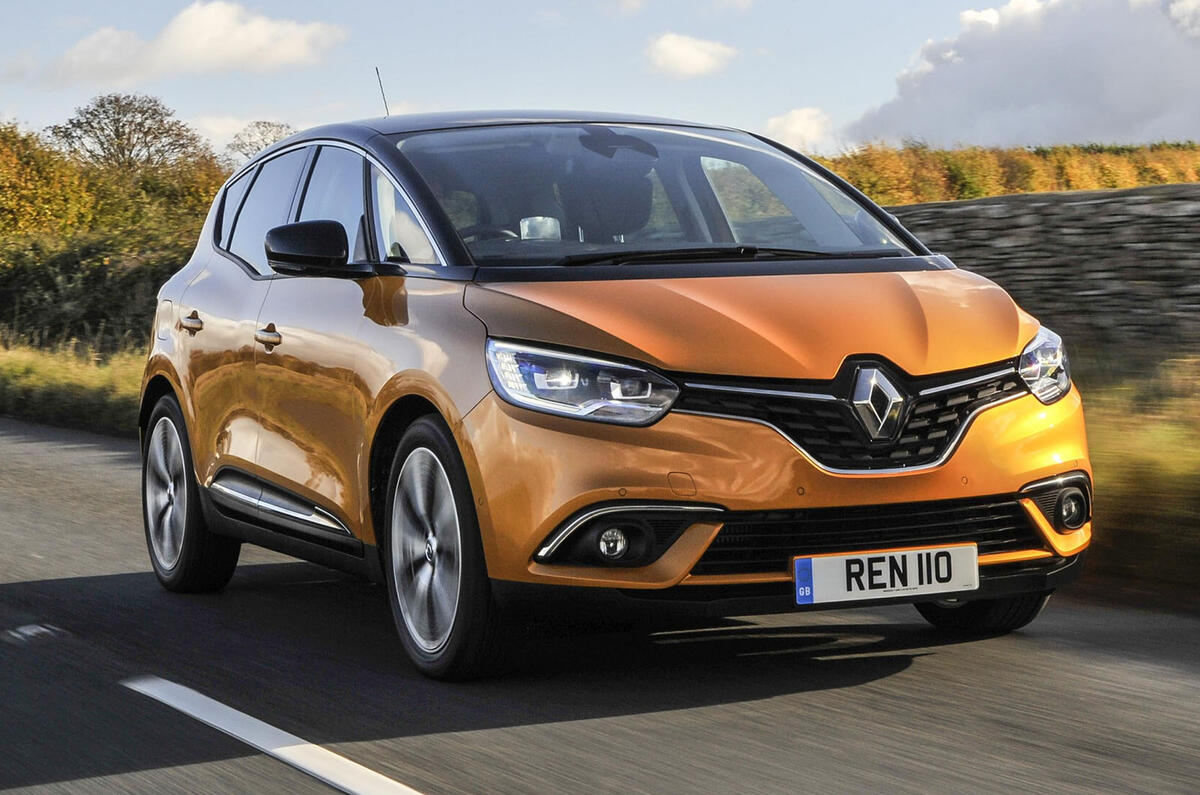
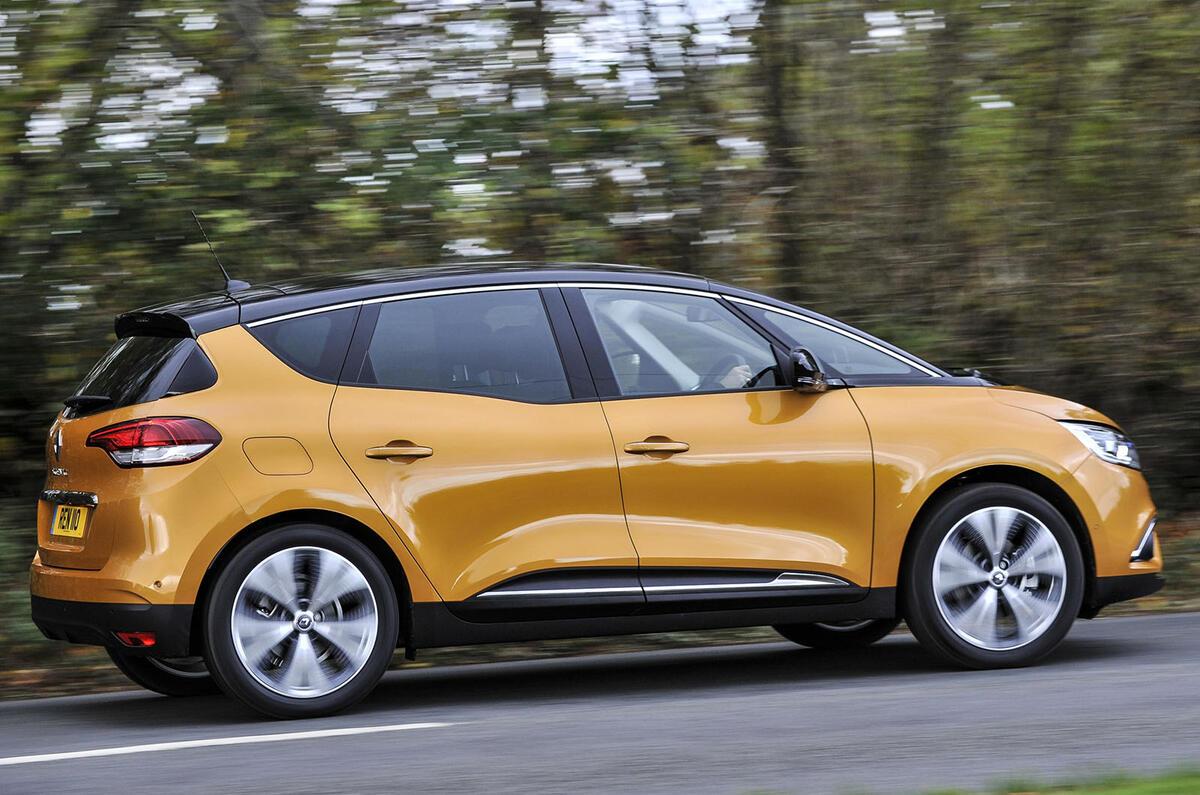
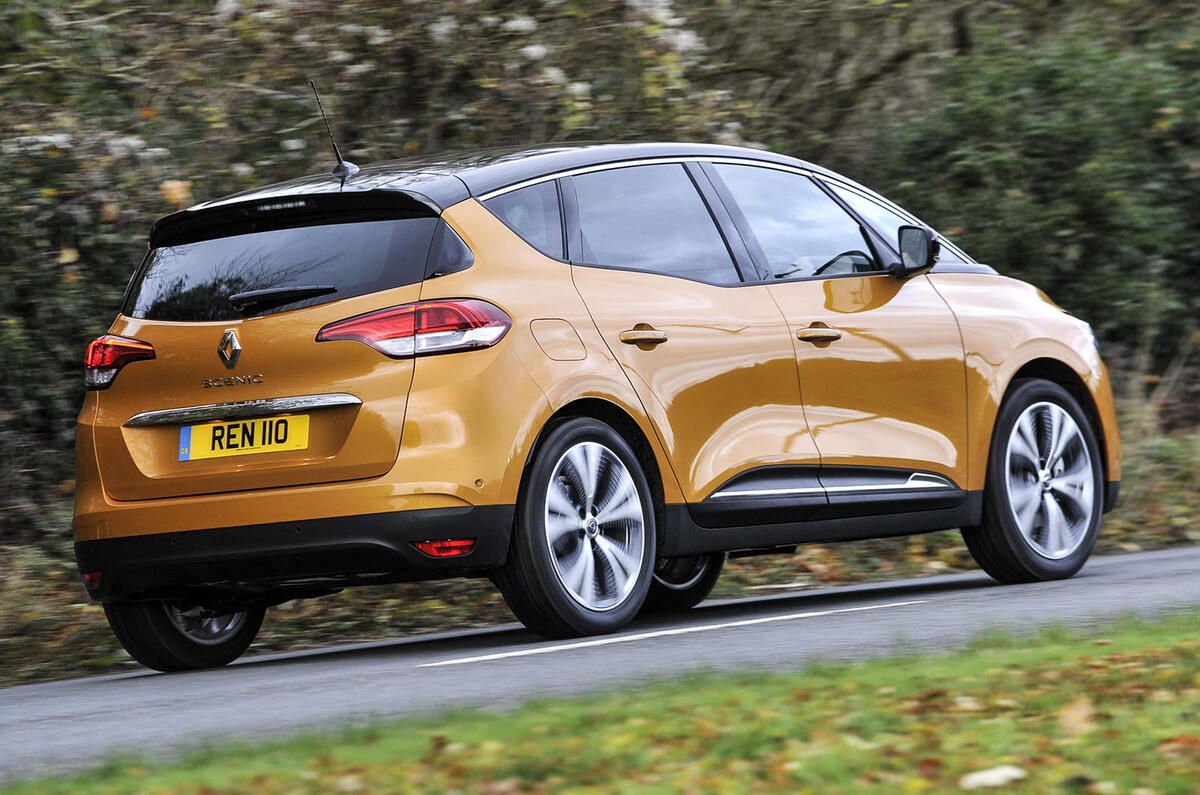
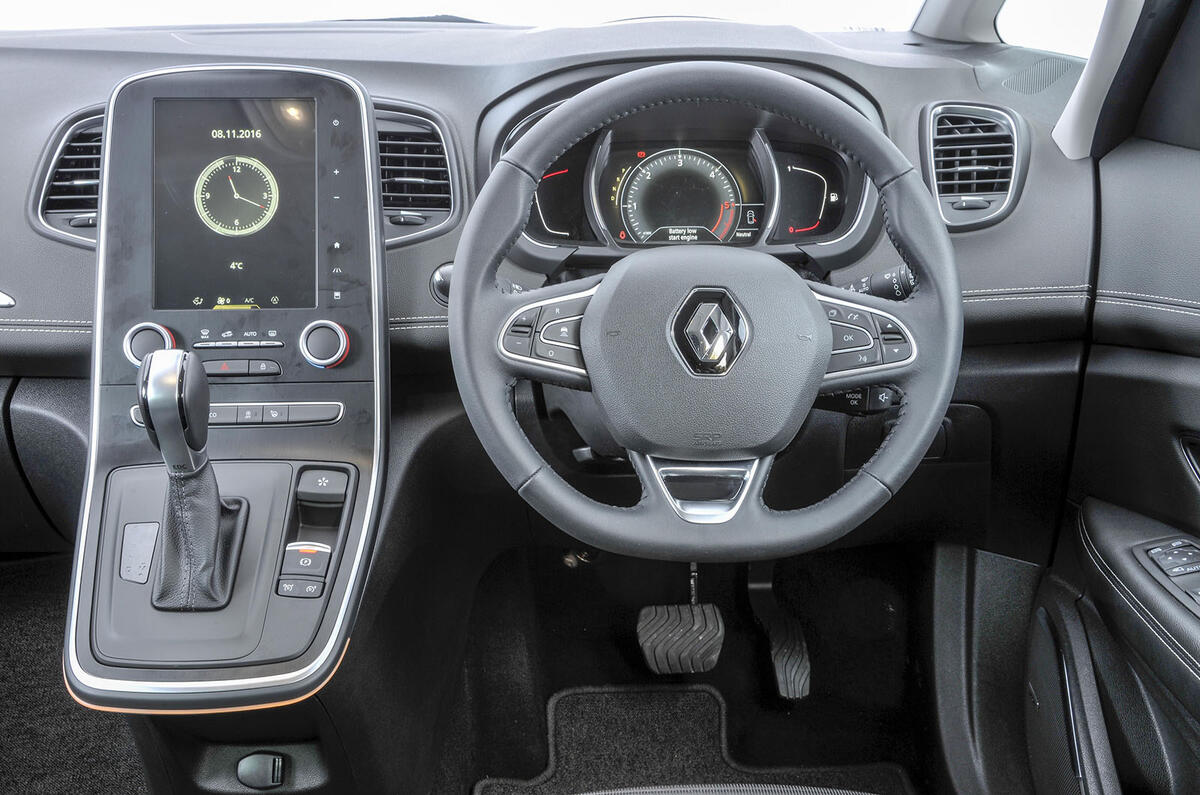
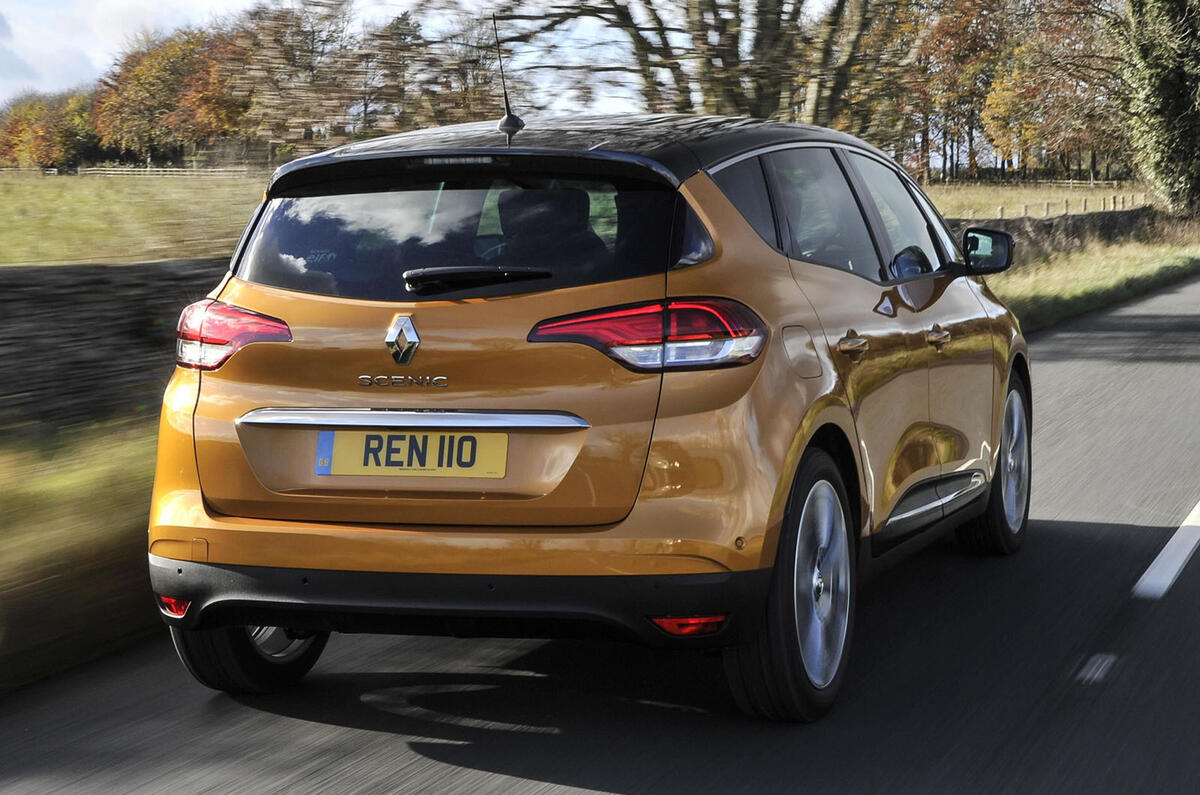
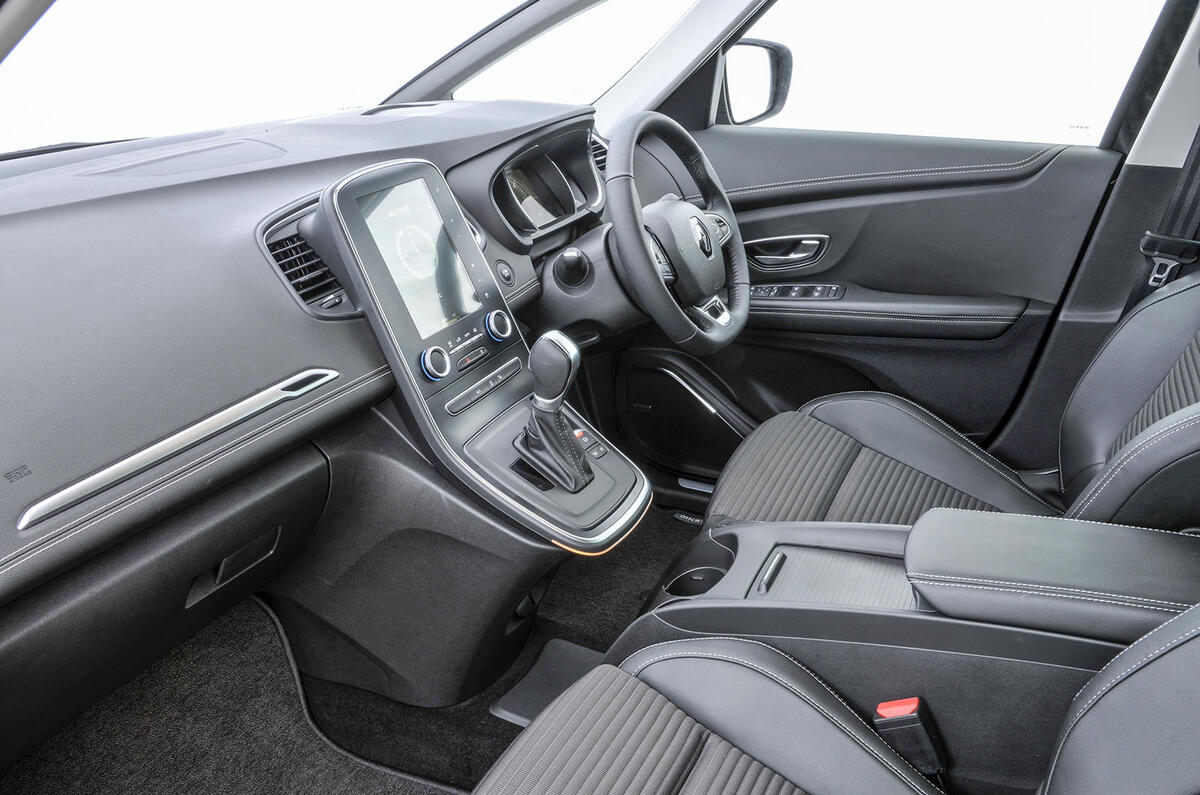
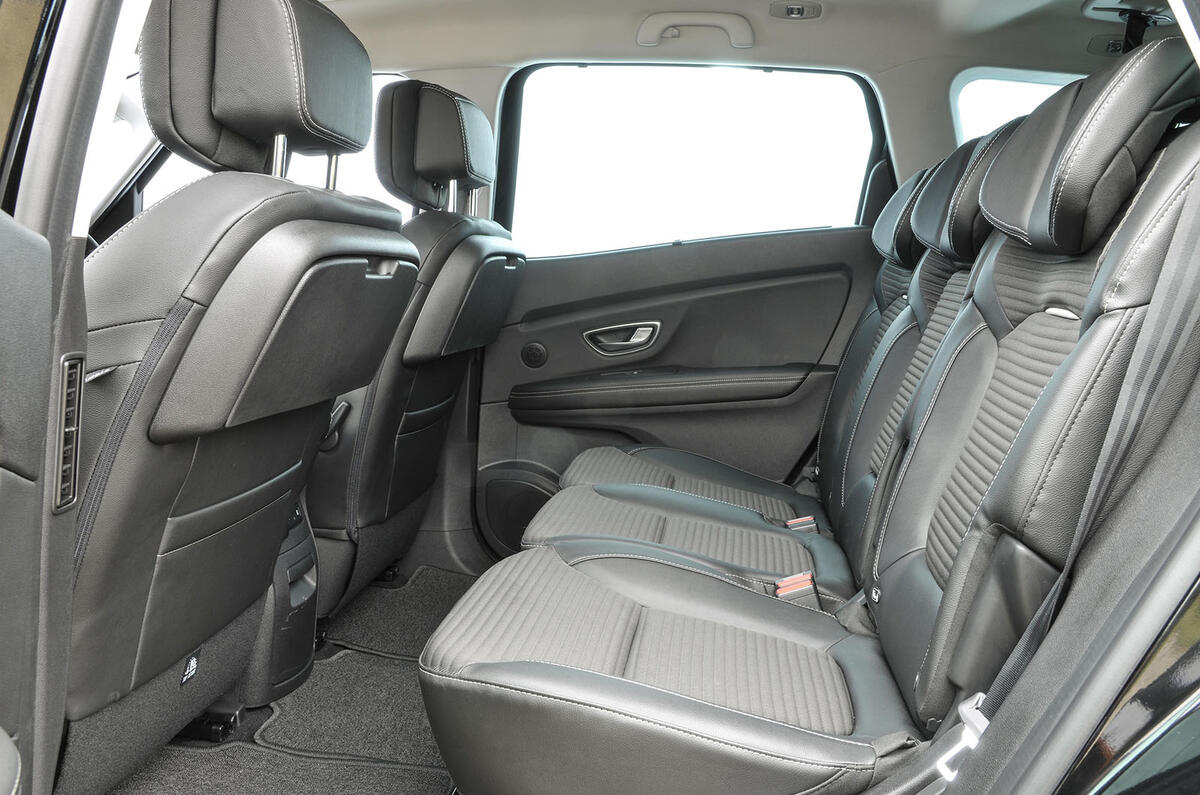
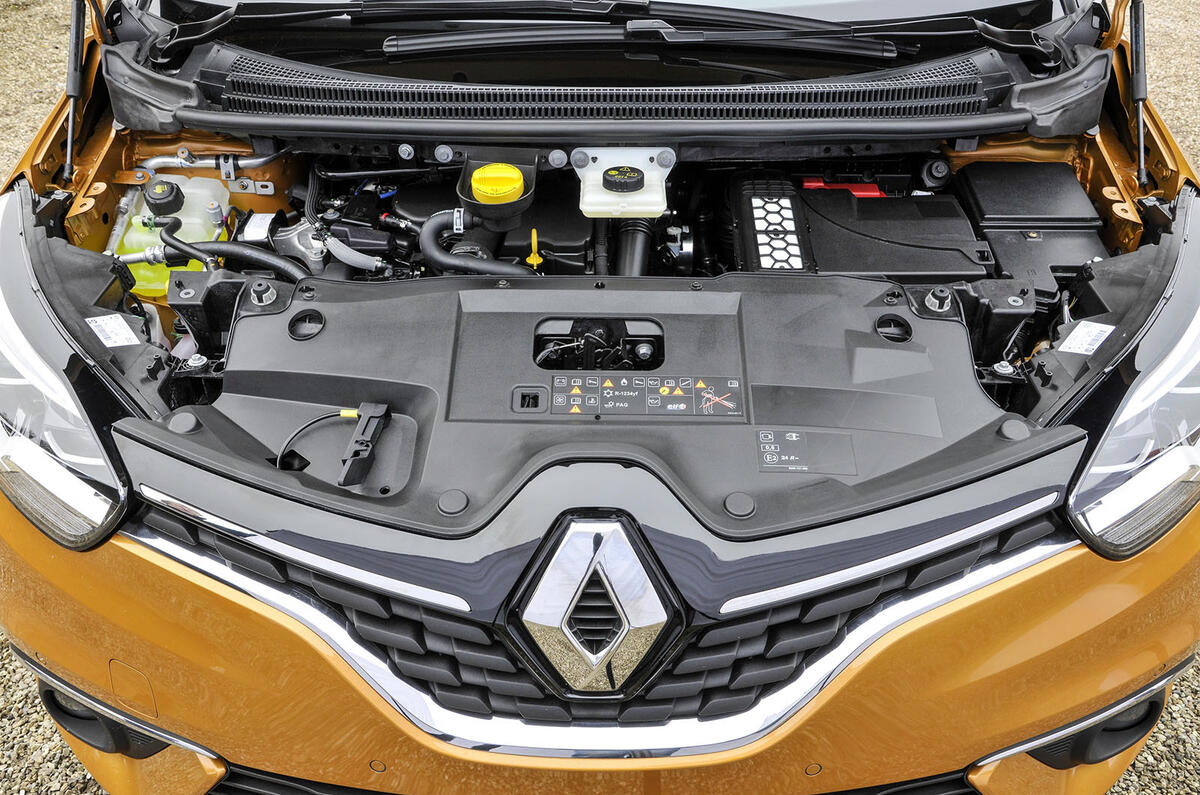
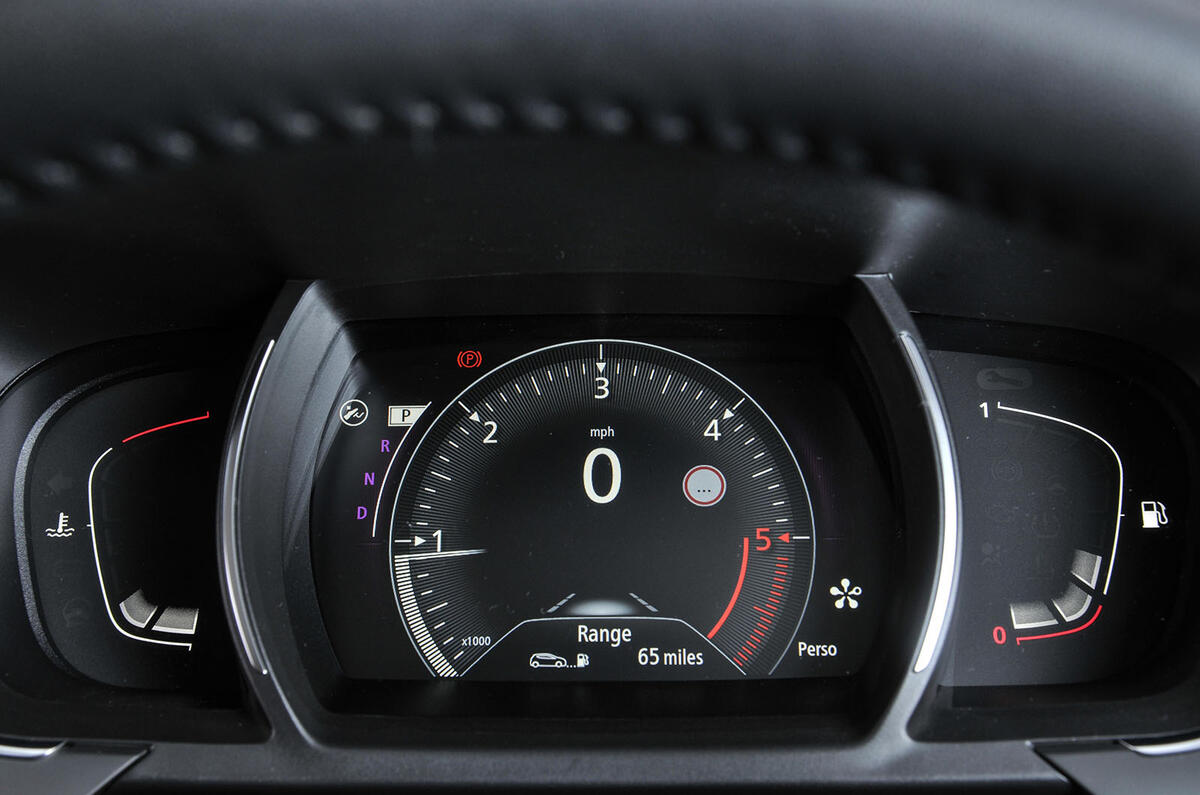
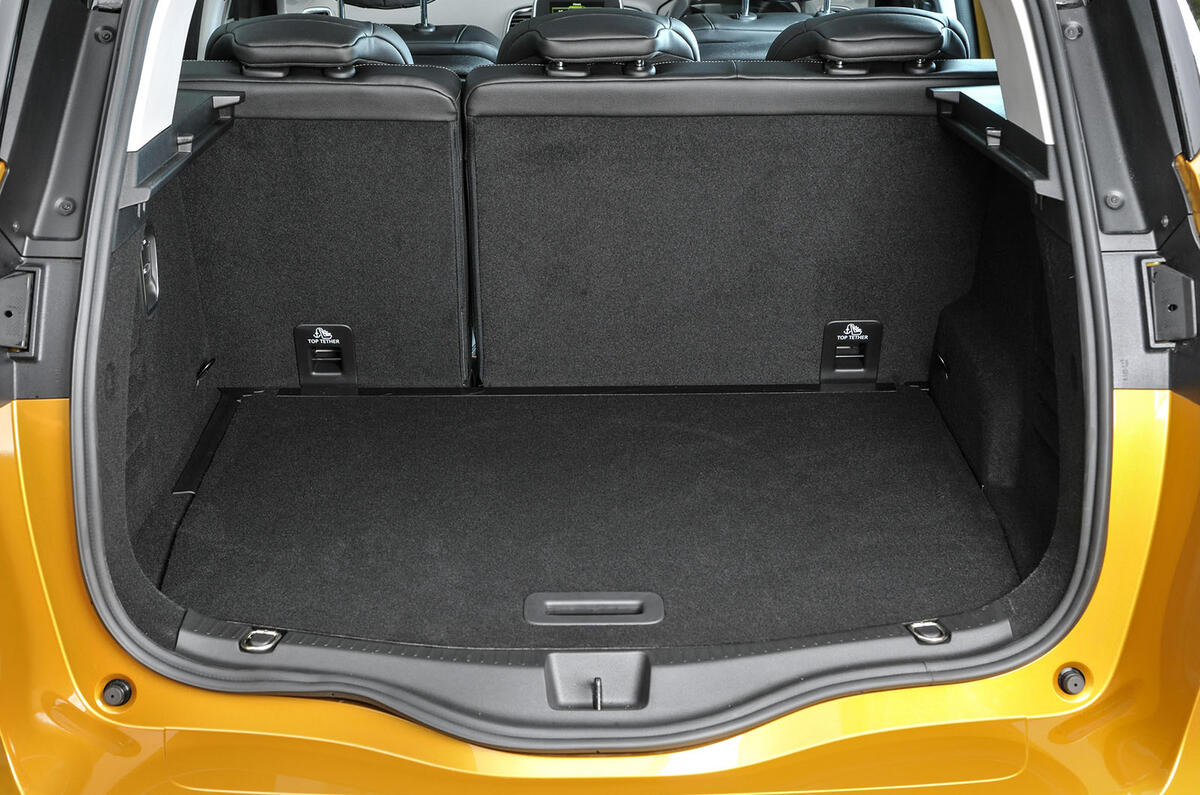
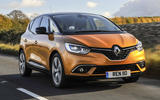
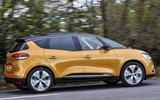
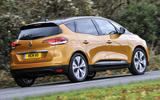

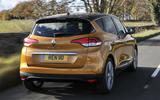
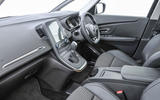
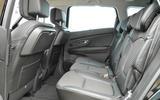
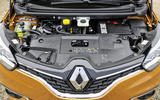
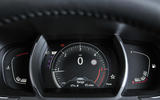
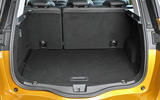


Add your comment